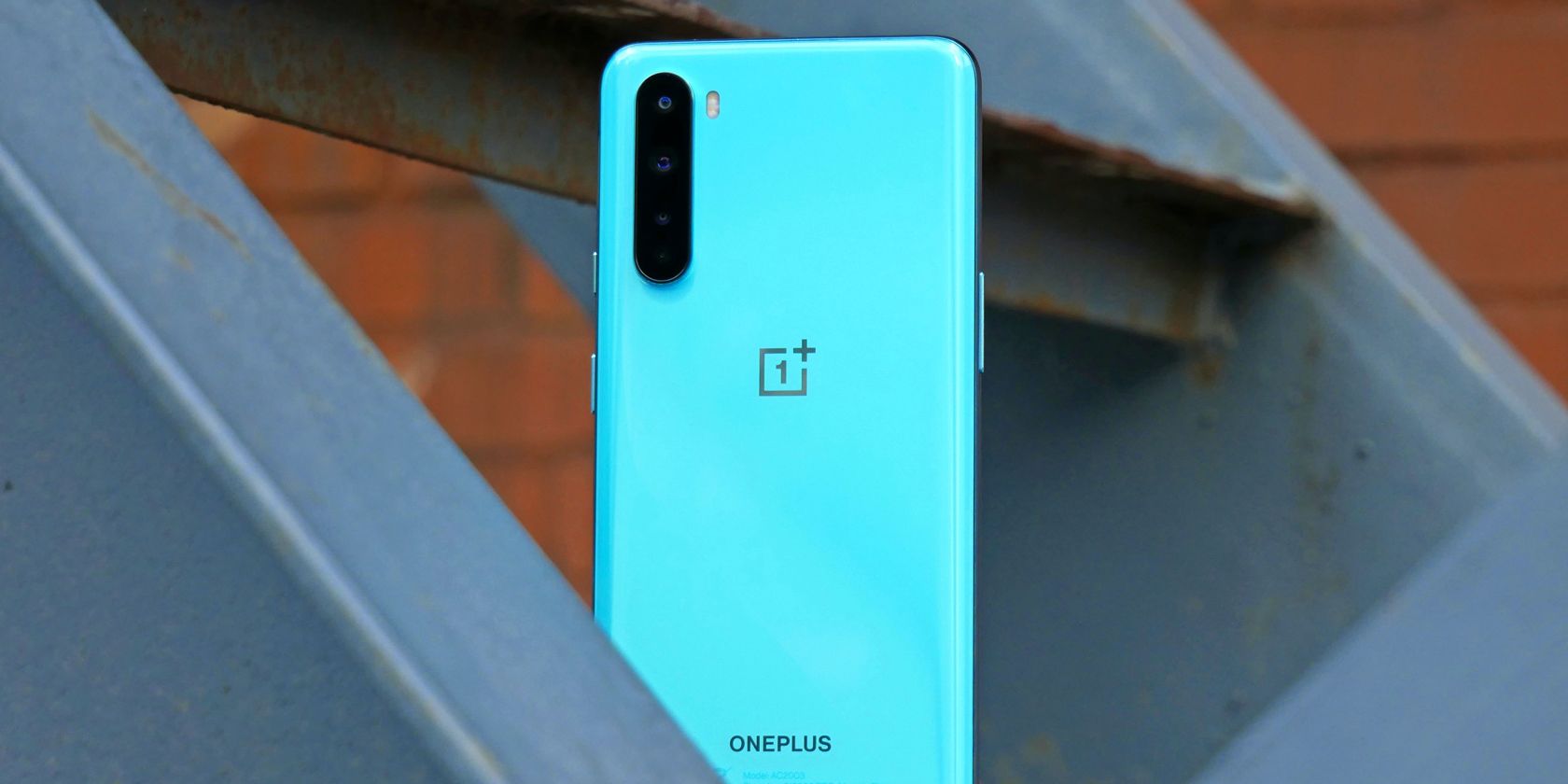We all have things on our phones we wish to keep away from prying eyes. You can always add some form of biometric authentication to make sure nobody else unlocks your device and yet, there are certain apps that we wish to bury deep down.
This may include banking apps containing sensitive information or regular social media apps that you don’t want to keep checking every few minutes.
OxygenOS had one of the best implementations of any Android skin when it came to hiding certain apps behind a passcode. Unfortunately, the way OxygenOS 12 and 13 handle privacy features has completely flipped the way you access and interact with the hidden space on your OnePlus phone.
In this guide, we will be exploring how you can hide apps on OxygenOS 12 and later. We'll also discuss how you can access the hidden apps.
What Happened to Your Hidden Apps?
In previous iterations of OxygenOS, you could hide apps and access them with a simple right swipe in the app drawer. This brought up a hidden space that you could protect using a passcode or a pin.
.jpg)
.jpg)
.jpg)
This way, accessing your hidden apps took almost no effort since they were tucked only a swipe away. For better or for worse (mostly for the worse), OxygenOS 12 and 13 use a completely different system launcher that doesn’t have the hidden space to the left of your app drawer anymore.
If you have recently updated your OnePlus phone and haven’t been able to find your hidden apps in the usual spot, you have nothing to worry about. The feature hasn’t been removed, nor have any of your apps been deleted. The way you access them has simply been changed, substantially.
How to Hide and Access Apps in OxygenOS 12 and Later
Besides the slew of new features in OxygenOS 12, OnePlus has taken a more streamlined approach to privacy, nesting most of the major privacy-oriented features such as hidden apps, Private Safe, and App Locker all into one section.
To access and use the hidden apps space in OxygenOS 12 and later, you will first need to create a privacy passcode.
- Navigate to Settings > Privacy and tap on Hide apps under the Privacy Protection section.
- Here, you will be prompted to add a six-digit pin for accessing the privacy features along with an access code that you will have to enter every time you wish to access your hidden apps. The access code must start and end with a # and can be up to 16 digits long.
- Once you have both your privacy and access codes set up, you can start selecting apps you wish to hide.
.jpg)
.jpg)
.jpg)
Any apps that you have hidden will no longer show up in your app drawer or even in the search results.
To access your hidden apps again, you need to enter the access code using the Phone app. This will bring up a folder containing all the apps that you have stacked away.
.jpg)
.jpg)
.jpg)
At first glance, this seems like a more secure way to protect your sensitive data. However, most users haven't been happy with the added friction that OnePlus has added in the ColorOS-inspired update. To make matters even worse, you won't be able to access the hidden space with any third-party dialer apps, so you might have to find alternate ways to hide apps on Android.
The hidden apps also behave a bit differently in the newer versions of OxygenOS. For starters, they will vanish and leave no trace in the recent app switcher the moment you exit the app or switch to another one. There is also an added option to disable notifications from your hidden apps under the privacy options.
Double Down on Your Privacy
Several Android manufacturers have stellar privacy options that you can use to keep your sensitive data to yourself. Android has been slowly yet steadily putting its emphasis on privacy and when OEMs like OnePlus adapt these features onto their devices, you should strive to make the most out of them.

